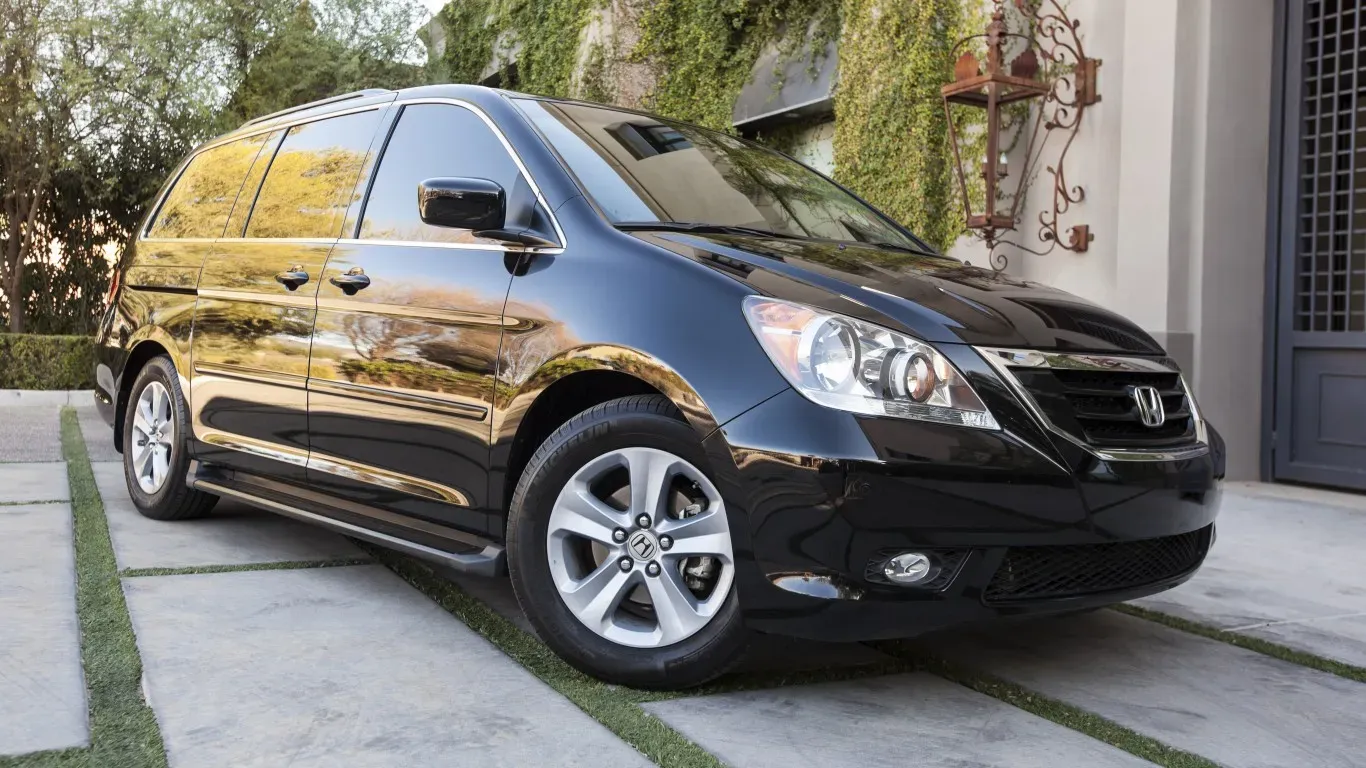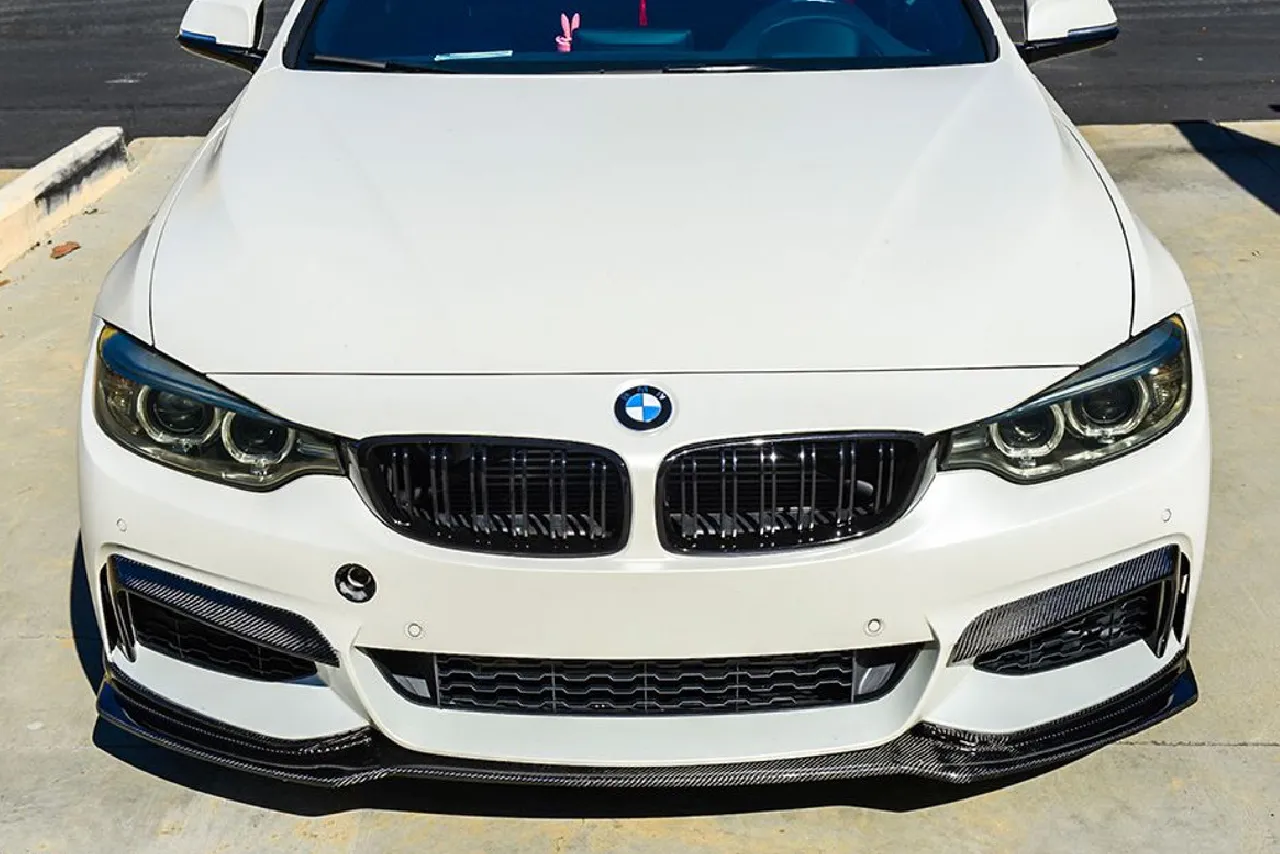The CRX Type R B18 9 second 1/4 mile is a game changer in the world of drag racing.
Ever wondered what it takes for a lightweight, unassuming Honda CRX to crush the quarter-mile in just under 9 seconds?
That’s where we’re headed.
This little beast, when paired with the powerful B18 engine, becomes an absolute rocket on the track.
But what’s the magic behind this combination? How did the CRX Type R B18 earn such an impressive reputation for pulling off a 9 second 1/4 mile?
Let’s dive in.
Table of Contents
ToggleWhat Makes the CRX Type R B18 a 9-Second Powerhouse?
It all starts with the engine.
The B18 engine has long been a favorite among Honda tuners. It’s reliable, it’s capable of high revs, and most importantly, it’s mod-friendly.
But what makes it so perfect for a 9 second 1/4 mile?
High revving capability: The B18 can easily rev up to 8,000-9,000 RPMs when tuned correctly. This high-revving nature is perfect for extracting every ounce of power on the drag strip.
Boost-ready: Whether it’s a turbo or supercharger, the B18 engine handles forced induction like a pro. Many CRX Type R owners opt for turbos to push their cars well over 600 horsepower.
Lightweight frame of the CRX: The Honda CRX is already lightweight, but when stripped down for drag racing, it becomes even more of a featherweight. This means less weight to haul down the strip, resulting in faster times.
Now, combine all this with expert tuning and drag-specific modifications, and you’ve got a car that can destroy the quarter-mile in just 9 seconds.
Why the B18 Engine?
The B18 engine wasn’t just thrown into the CRX Type R for no reason.
It’s one of Honda’s most iconic and respected engines, originating from the Integra Type R. Enthusiasts love it for its durability and potential when it comes to mods.
Here’s why the B18 works so well for quarter-mile racing:
Torque delivery: The B18 provides excellent torque, especially with a forced induction setup.
Displacement advantage: A bigger displacement than many other Honda engines means more potential power output. With the right parts, this engine can reach unbelievable levels of horsepower.
VTEC magic: The B18 engine is known for its variable valve timing system (VTEC). This allows for better airflow into the engine, increasing power at higher RPMs, which is essential for sprinting down the quarter-mile.
In short, the B18 engine delivers where it counts, especially in a lightweight frame like the CRX.
How Do You Make a CRX Type R B18 Run a 9 Second 1/4 Mile?
Making a CRX Type R B18 hit a 9 second 1/4 mile isn’t just about slapping on a turbo and calling it a day.
There’s a lot of careful planning and precise tuning involved.
Here are the essentials:
1. Turbocharging the B18 Engine
Most CRX Type R racers aiming for that 9 second 1/4 mile mark opt for a big turbo setup. A good turbo can easily push the B18 engine to 600+ horsepower.
To keep things under control, a strong wastegate and blow-off valve are crucial.
2. Engine Internals
If you’re pushing the B18 to the limit, you’ll need forged pistons, stronger connecting rods, and upgraded bearings. Stock internals won’t survive long at these power levels.
3. Transmission and Drivetrain Upgrades
Launching a car hard enough to achieve a 9 second 1/4 mile requires a solid transmission. Most CRX Type R owners opt for dog-box transmissions that can handle the stress.
In addition, a high-performance clutch, lightweight flywheel, and limited-slip differential are a must.
4. Weight Reduction
The lighter the car, the quicker it’ll go.
Drag racers will often strip out everything non-essential: seats, sound deadening, even interior panels.
Some go as far as replacing body panels with carbon fiber or fiberglass to shave off extra weight.
5. Tires and Suspension
Running a 9 second 1/4 mile also means getting the power to the ground.
Sticky drag radials or slicks are essential for keeping traction off the line. Plus, a good set of adjustable coilovers helps balance the car’s weight during launch.
Real-World Example: A CRX Hitting the 9s
Let’s look at a real-world example.
A CRX Type R fitted with a turbocharged B18 engine and all the necessary upgrades—think reinforced internals, upgraded transmission, and significant weight reduction—recently pulled off an impressive 8.9-second quarter-mile run.
The car was pushing around 750 horsepower, all thanks to a big turbo kit and E85 fuel.
The owner, who has been building this car for nearly a decade, attributed much of his success to precise tuning and proper power management.
What does this example show?
It proves that, with the right modifications and dedication, a CRX Type R B18 can easily achieve a 9 second 1/4 mile, or even dip into the 8-second territory.
The CRX Type R B18: More Than Just a Quarter-Mile Car
While the 9 second 1/4 mile time is the headline grabber, the CRX Type R B18 is a versatile platform.
With a few modifications, it’s not just limited to straight-line speed.
Many enthusiasts also build their CRX Type R B18 for road racing, autocross, or even as street sleepers.
What makes it even more special is its ability to blend speed with precision handling—thanks to its lightweight frame and well-balanced chassis.
And because the B18 engine is so tunable, it can be set up for high-revving performance on the track, or detuned for a more street-friendly setup.
Why the Honda CRX Type R Has a Cult Following
The CRX Type R B18 has achieved legendary status in the Honda community for several reasons:
Lightweight and nimble: Even in stock form, the CRX was an agile car. Add a B18 engine, and you’ve got a true weapon.
Affordable: While building a 9 second 1/4 mile CRX can be expensive, it’s still cheaper than most other high-performance cars.
Tuner’s dream: The B18 engine is incredibly versatile. Whether you’re aiming for a fast street car, track monster, or drag racer, the CRX can be built to suit any of those goals.
Iconic design: The boxy, lightweight design of the CRX has stood the test of time, making it a favorite among car enthusiasts for decades.
Building a 9-Second CRX: Is It Worth It?
At the end of the day, building a CRX Type R B18 9 second 1/4 mile car isn’t for the faint of heart.
It requires dedication, time, and money.
But for those who do it, the payoff is huge.
The thrill of smashing down the strip in just 9 seconds—leaving behind much more expensive and exotic cars—is a feeling few can rival.
The CRX Type R B18 is more than just a car; it’s a statement.
Conclusion: The CRX Type R B18’s Legacy
The CRX Type R B18 9 second 1/4 mile story isn’t just about speed—it’s about innovation, dedication, and passion.
This lightweight Honda has earned its place in drag racing history, proving that with the right setup, anything is possible.
From the iconic B18 engine to the lightweight CRX chassis, this combo is the perfect example of how even humble beginnings can lead to mind-blowing results.
It’s not just a car—it’s an experience.
So, the next time someone asks you if a CRX Type R B18 can run a 9 second 1/4 mile, you’ll know the answer.
FAQs About the CRX Type R B18
1- Can a CRX Type R B18 run 9 seconds with a stock engine?
No. You’ll need extensive modifications to the engine, including forged internals, a turbo or supercharger, and tuning.
2- Is it expensive to build a 9-second CRX?
Yes. Building a 9 second 1/4 mile CRX isn’t cheap. Between engine work, turbo kits, transmission upgrades, and tuning, you’re looking at tens of thousands of dollars.
3- How much horsepower is needed to run a 9-second 1/4 mile?
Typically, around 600-800 horsepower is needed, depending on weight and traction.
4- What fuel is best for a turbocharged B18 engine?
Most racers use E85 fuel because of its cooling properties and higher octane rating, which helps prevent detonation at high boost levels.
5- How much weight should you cut from the CRX for drag racing?
Most racers try to get their CRX down to around 2,000 lbs or less by removing unnecessary parts and using lightweight materials.
I’m Waqas, an electric vehicle enthusiast and tech writer with over 6 years of experience covering the EV industry. I write in-depth articles, comparisons, and reviews to help readers understand the fast-evolving world of electric mobility. From battery technology to EV launches and charging trends, I aim to make complex EV topics simple, engaging, and informative for everyday drivers and curious readers alike.





